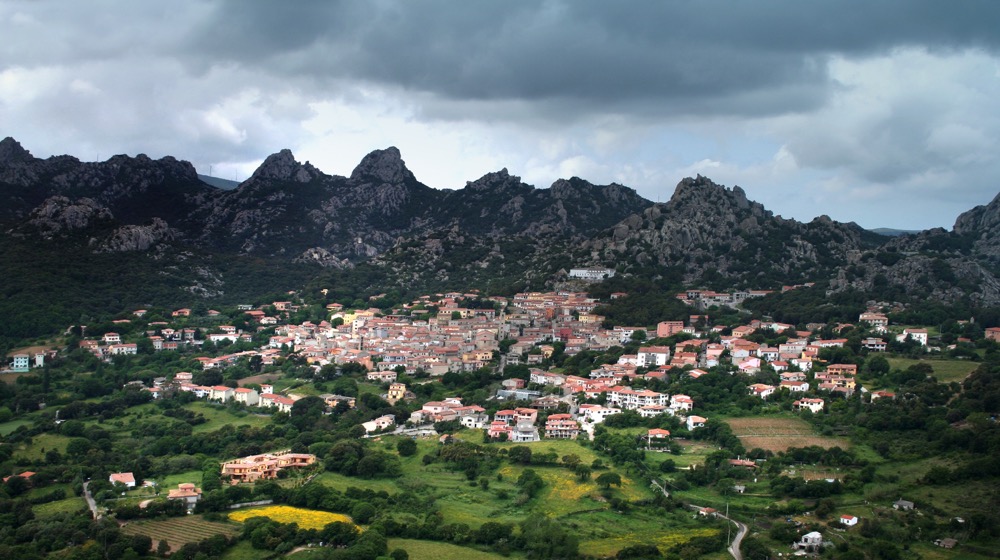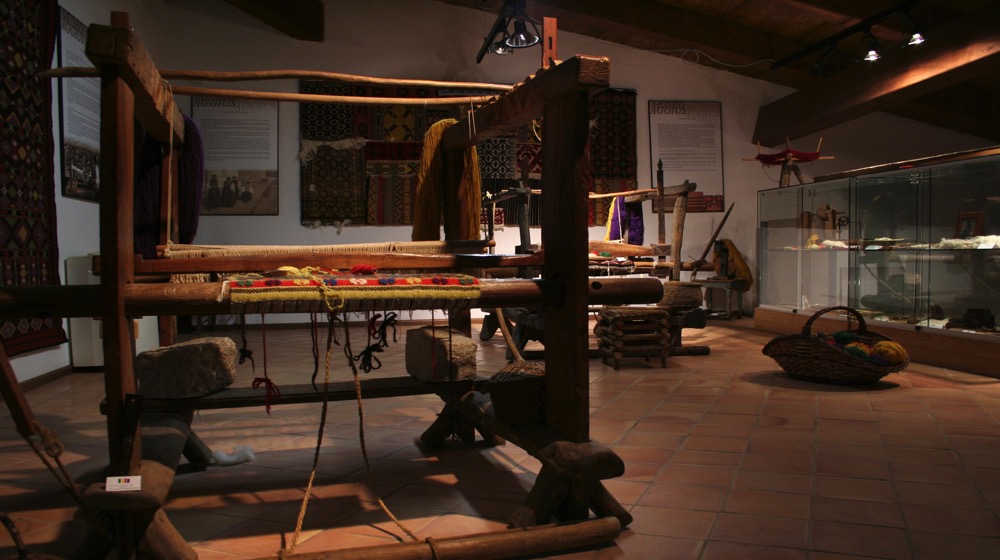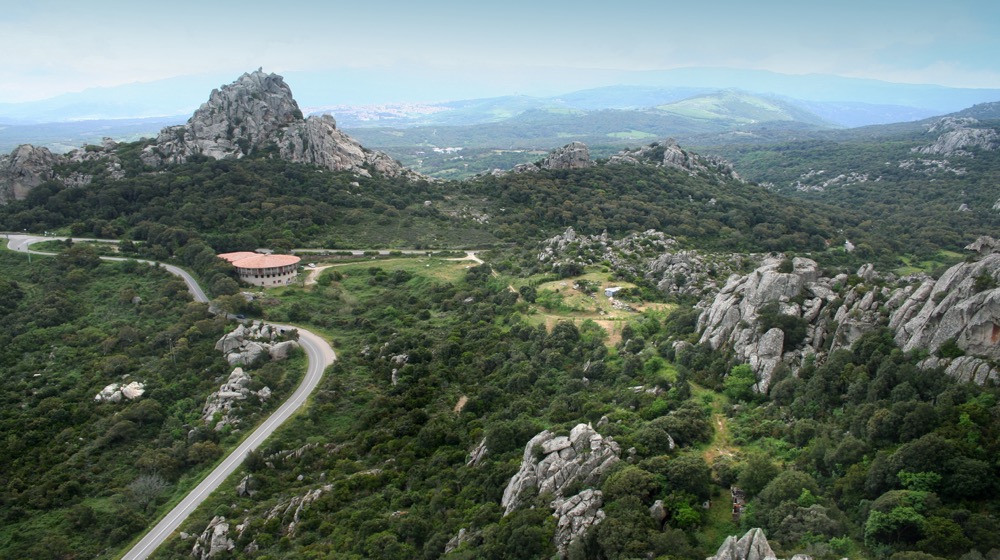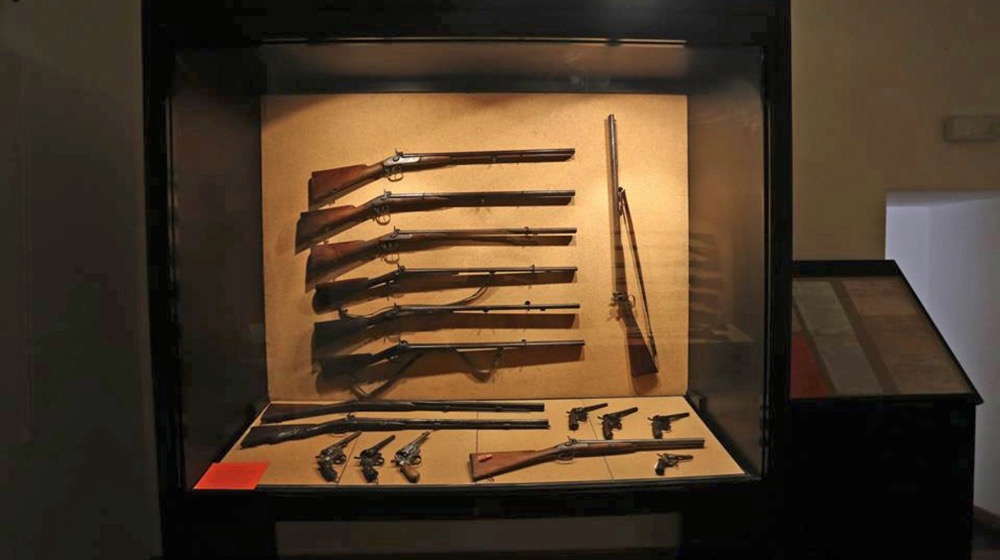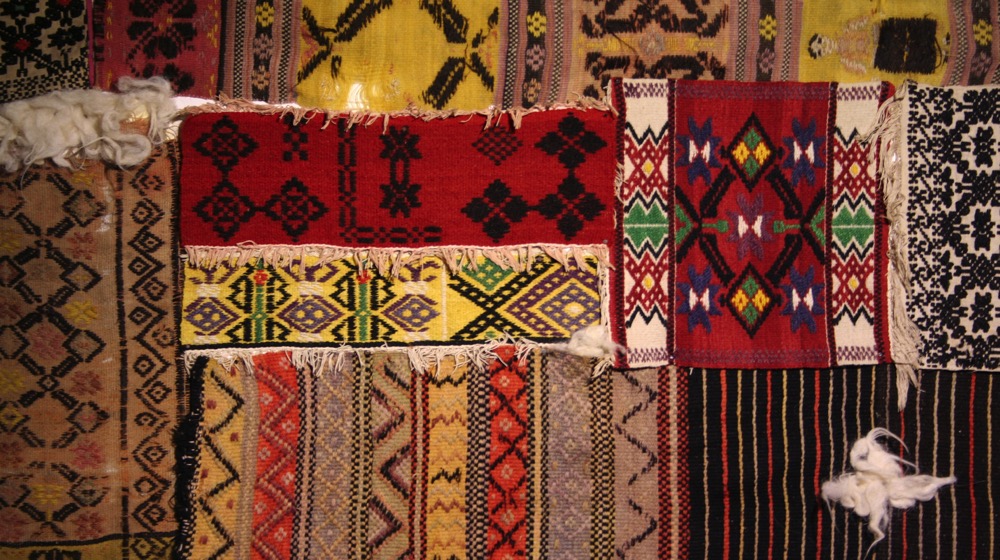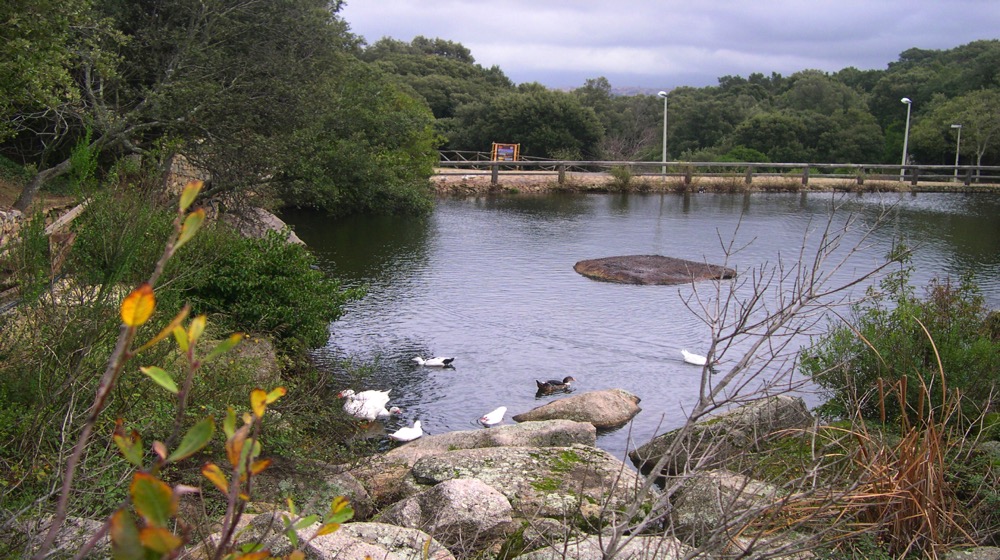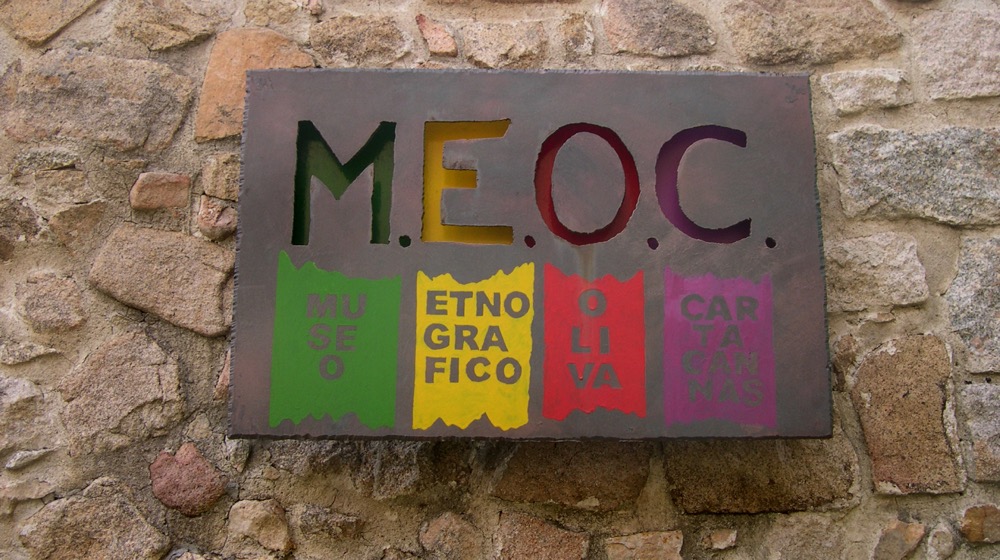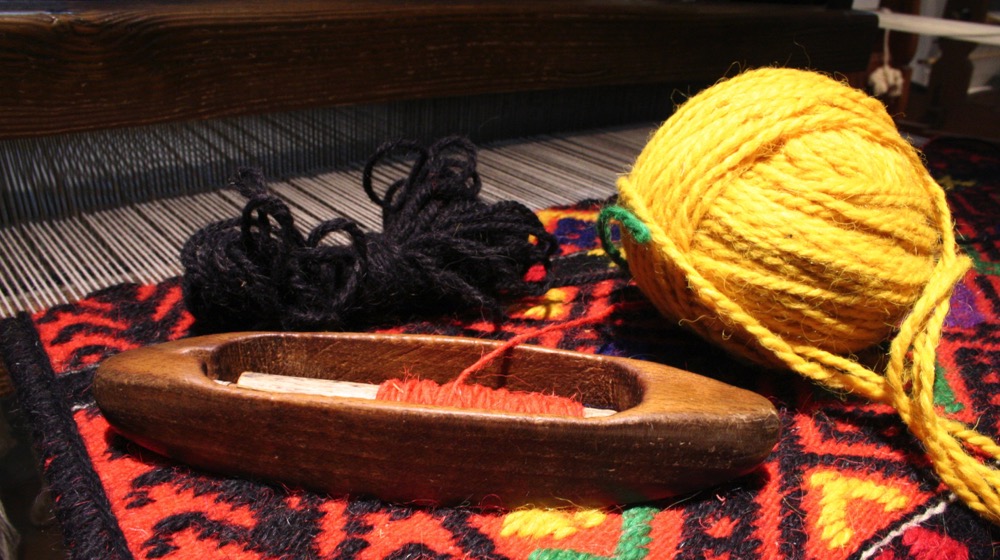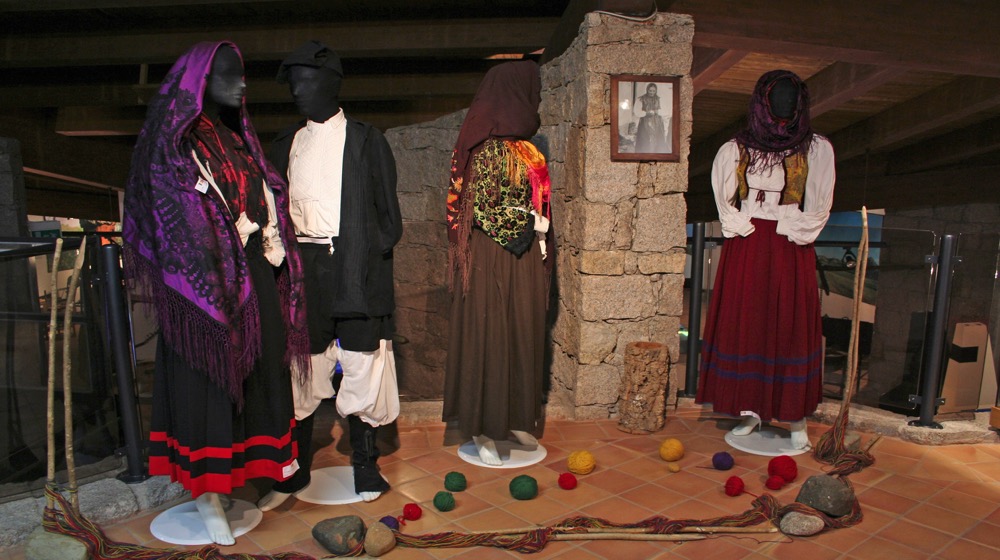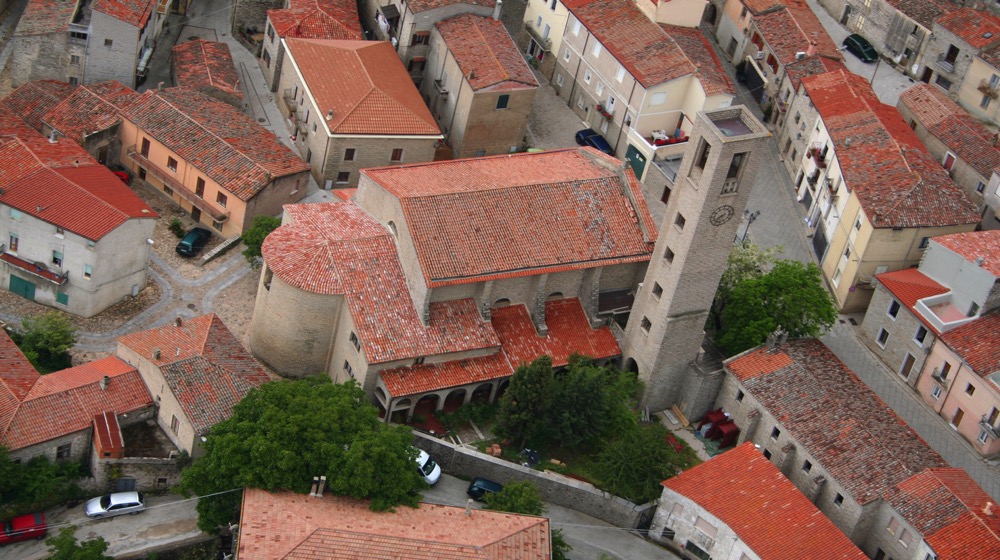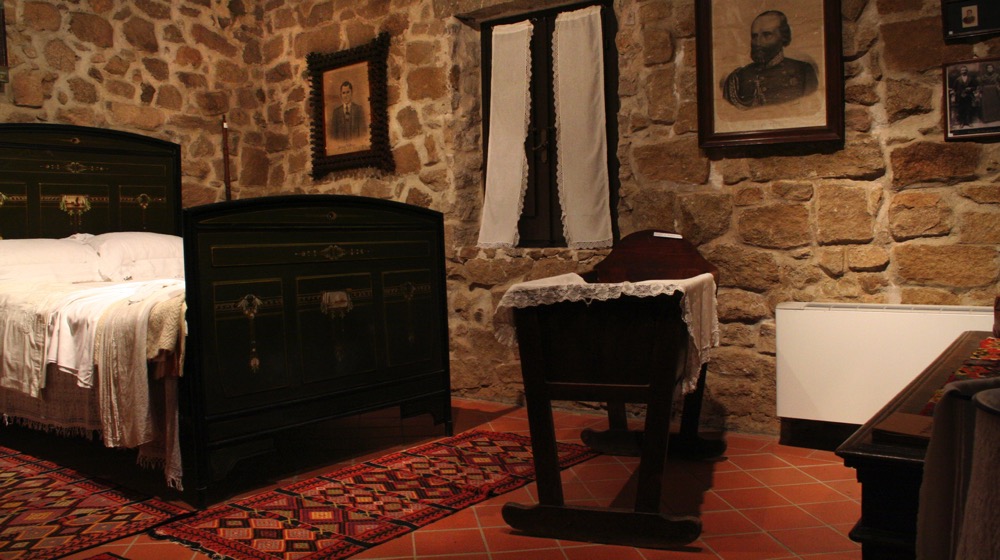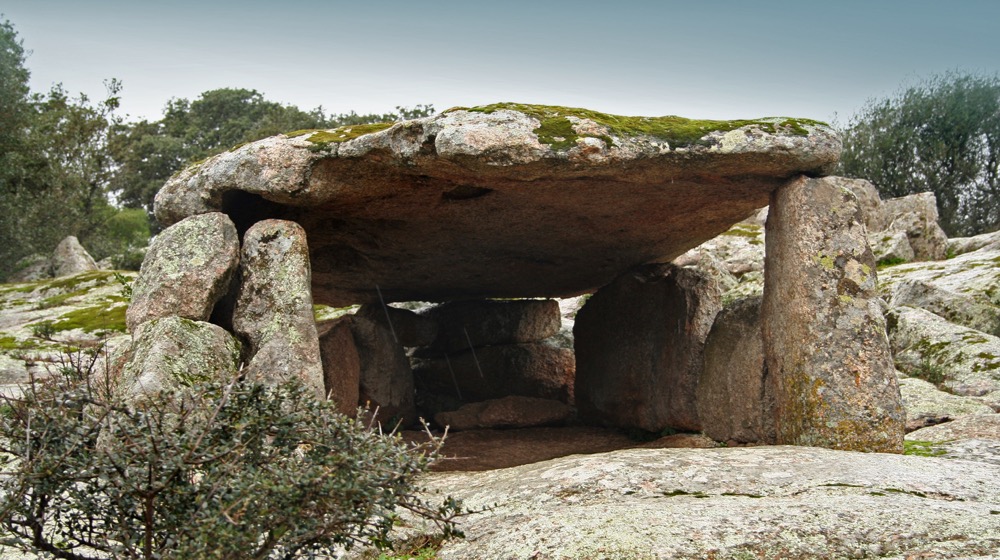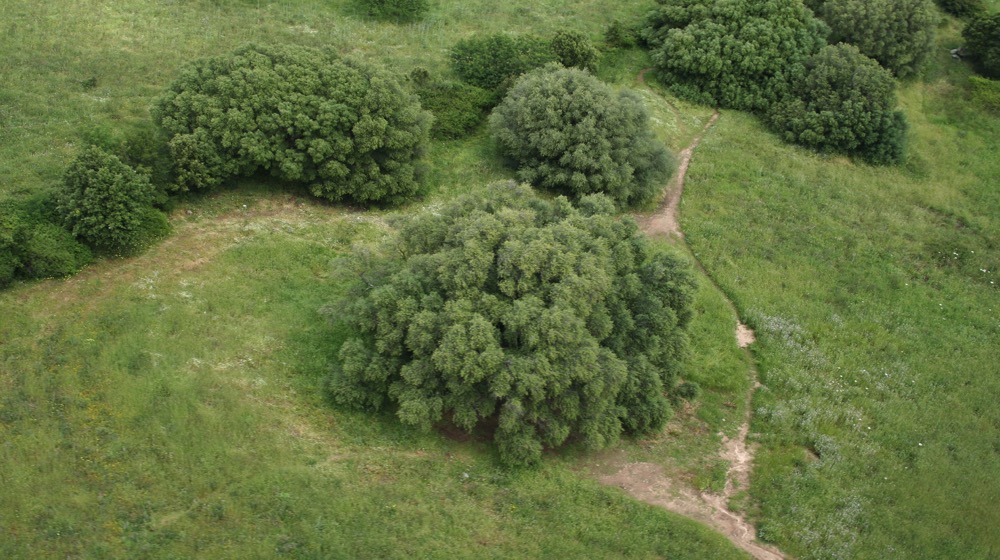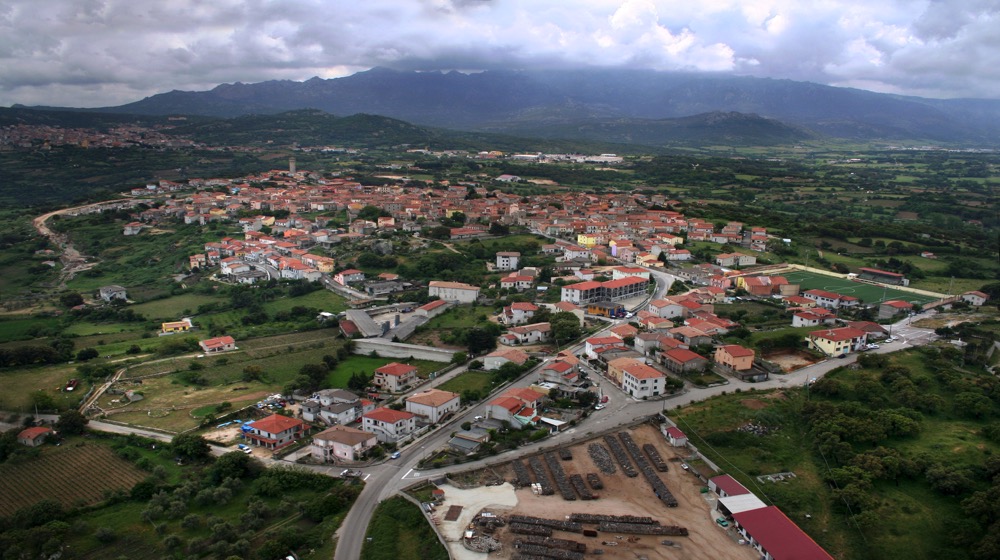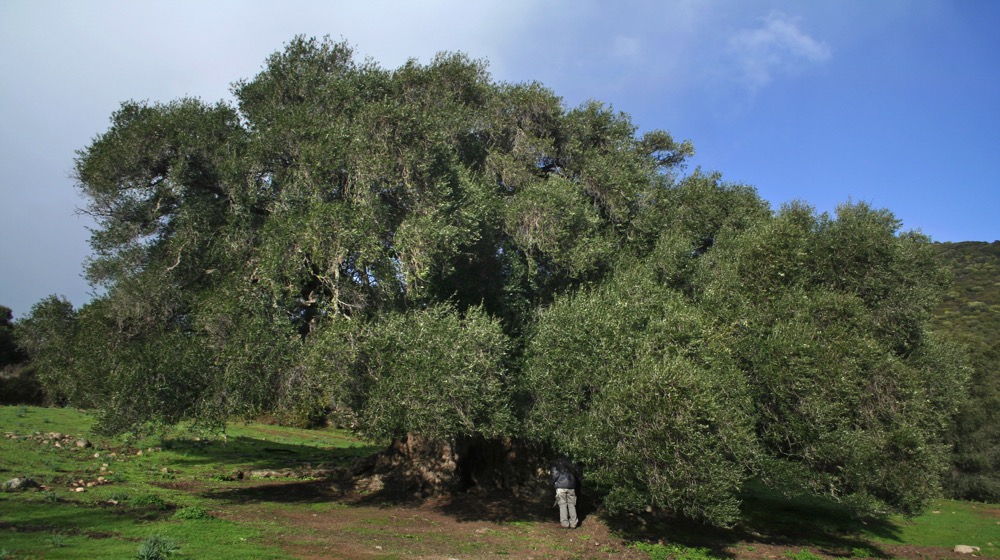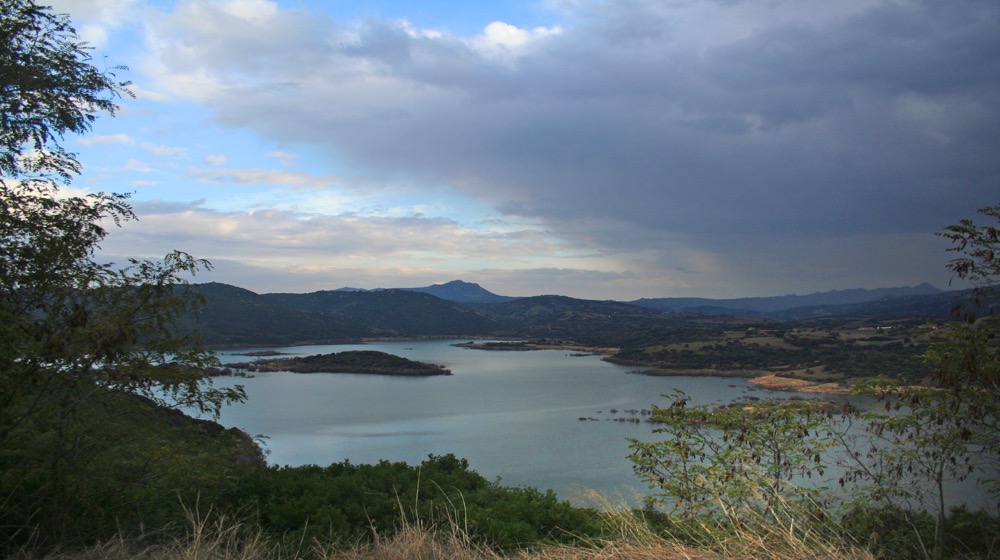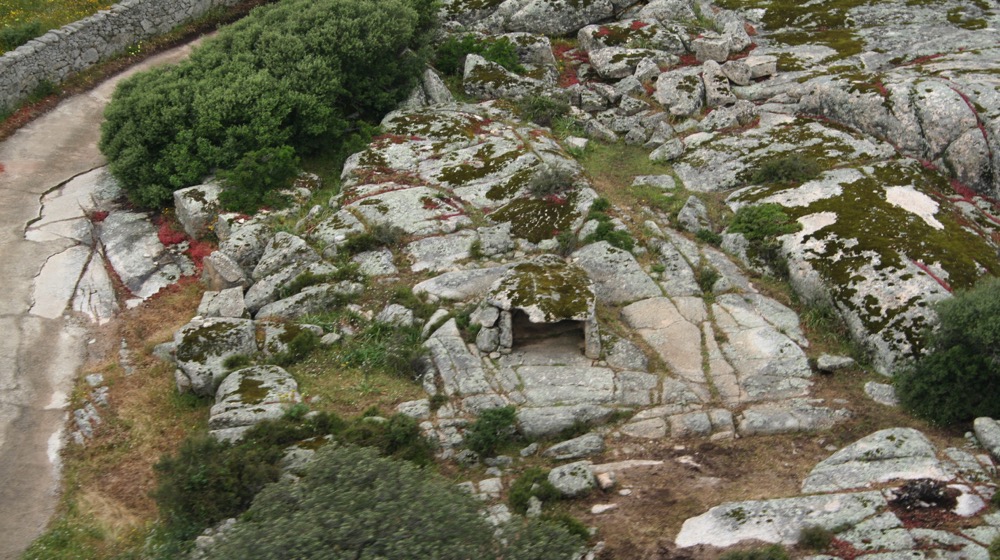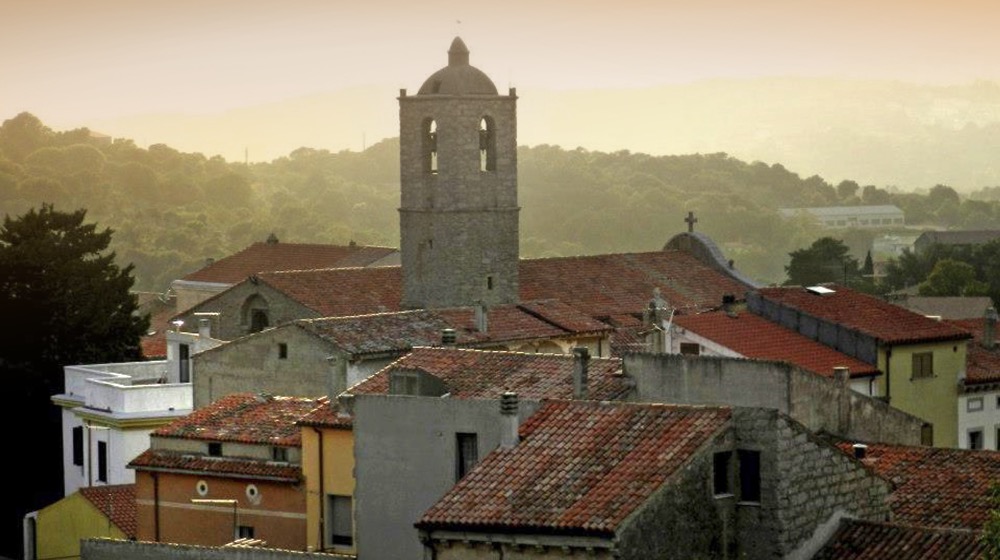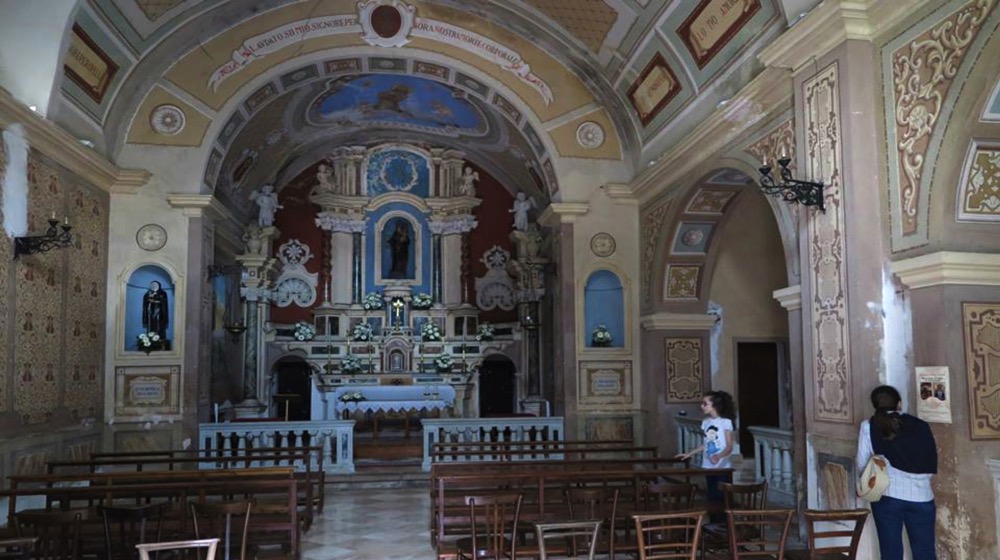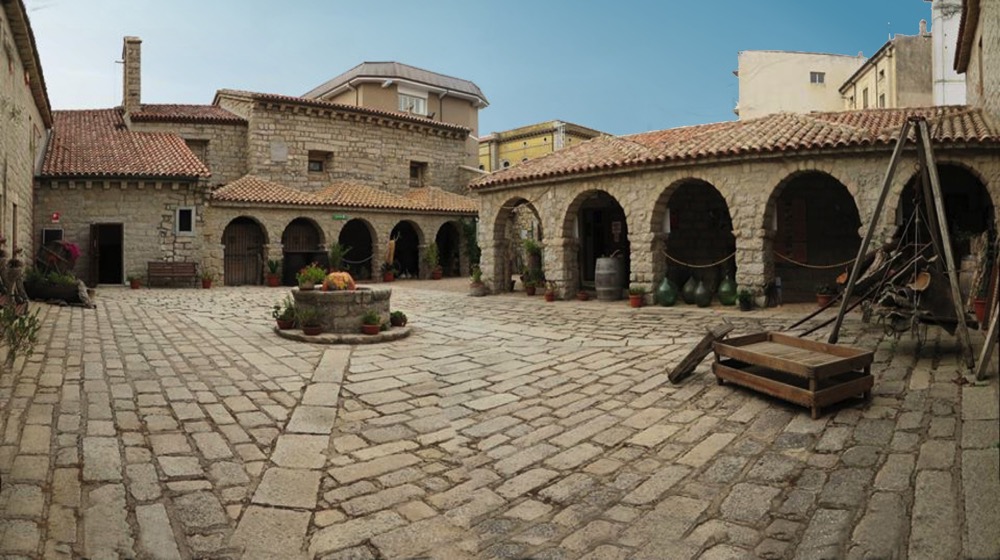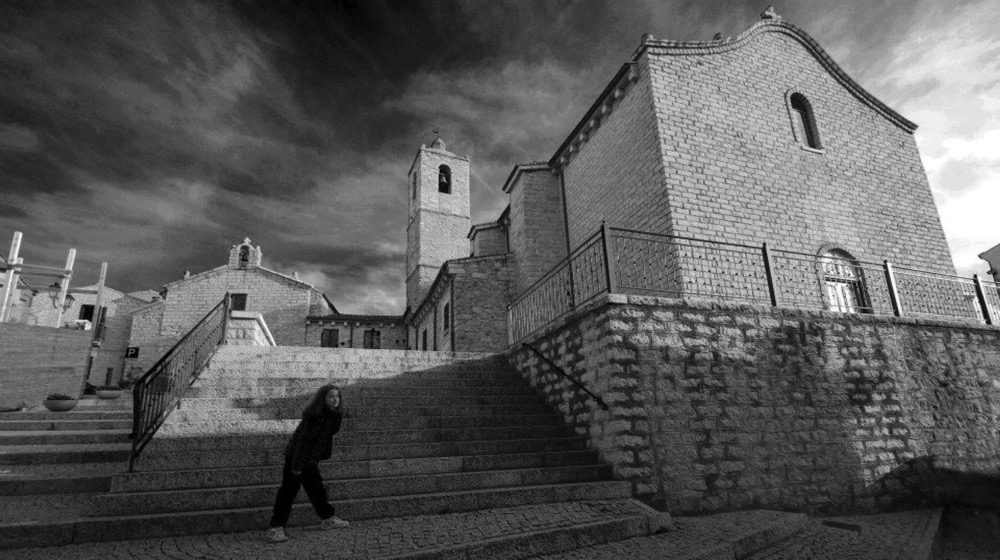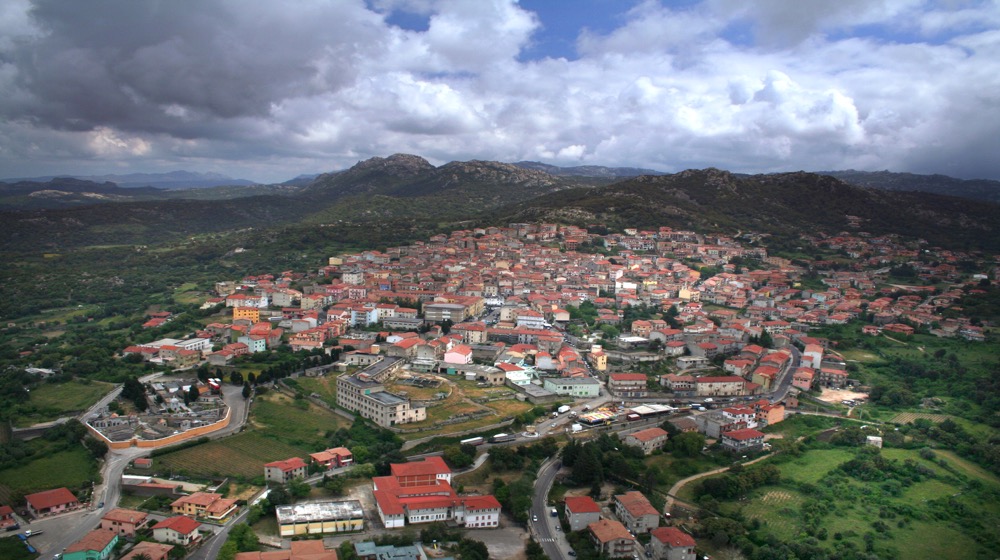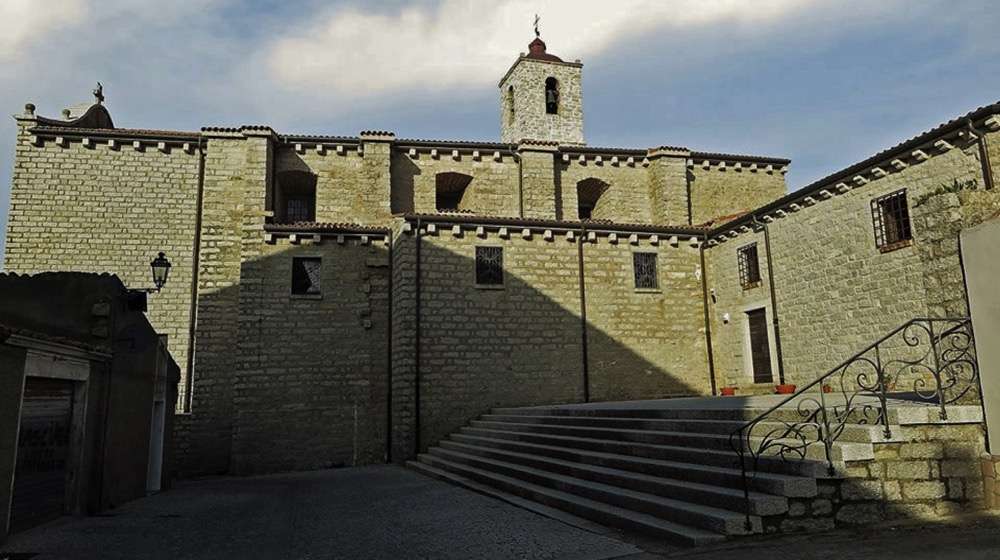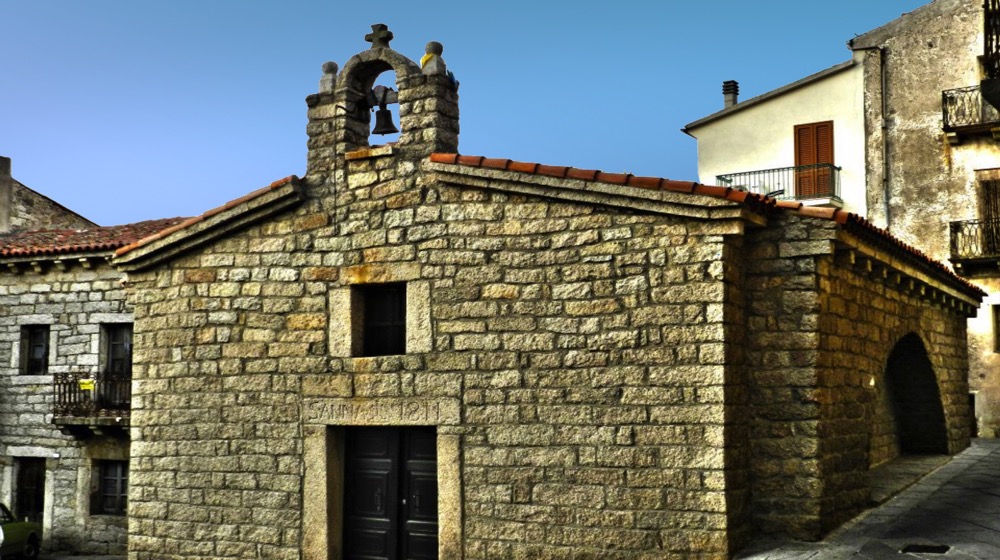Surrounding areas
Aggius
Aggius is one of the oldest villages in North Sardinia, a typical Gallura village, located at the foot of a granite mountain that makes Aggius one of the most characteristic landscape in Gallura.
Aggius houses two museums, the Banditry Museum and the MEOC.
The Museum of Banditry witnessed one of the phenomena that most affected Sardinia and wants to communicate positive values as the progressive affirmation of legality. Banditry in Gallura starred for three centuries and the museum is trying to reconstruct the history of its growth and its decline; you can find documents, pictures, videos, objects and relics of the past, but above all, the main purpose is to stimulate reflections on a future to build together.
The MEOC, the largest ethnographic museum in Sardinia, is a real step back in the tradition and history of the Sardinian population. Besides the reconstruction of the “traditional house”, the museum houses a permanent exhibition of the Tappeto Aggese (carpet from Aggius).
Another site of interest in Aggius is La Valle della Luna o Piana dei Grandi Sassi ( Li Parisi) (The Valley of the Moon or Great Stones Plains), this valley is characterizes by impressive granite rocks forged by time, a landscape that remotely reminiscent tracts in a lunar valley.
Luras
A village of 2,600 inhabitants located on a granite hillock, another peculiar Gallura village, which offers one of the most interesting museums in the area, the Museum “De S’Accabbadora”, this figure was represented in antiquity by an elderly lady, which in total secrecy administered death to those who were victims of disease and dying. “S’accabbu” in Sardinian language means “end” and from this “S’accabbadora” “she who ends”.
Inside the museum, you can find costumes and instruments that were used in ancient times.
Calangianus
Calangianus is a village of about 4300 inhabitants, is located in a valley and is characterized by granite buildings.
Calangianus houses the Museum of Cork. In the past, cave of granite and cork trees have been the business realities of this area.
The museum is divided into two floors, in the first you can see old machinery and tools for processing the materials, while in the hall, you can participate in a multimedia journey that passes through all stages of life of the cork.
